
The new battery is a critical investment in Yukon Energy’s ability to meet growing demands for electricity and securing Yukon’s energy future. As an isolated grid, one of the largest challenges Yukon Energy faces is meeting peak demands for power during winter months.
Yukon Energy reached a critical milestone in its efforts to build a grid-scale battery in Whitehorse by making two major announcements about the project today. Once completed, the 7 megawatt/40 megawatt-hour battery will be the largest grid-connected battery in the North, and one of the largest in Canada.
The first announcement – Yukon Energy has issued the first stage of a two-stage competitive procurement process for a battery vendor for the grid-scale energy storage project.
In Stage 1, vendors are being asked to submit a proposal demonstrating their technical capability, experience and corporate capacity to deliver a battery designed to meet Yukon Energy’s operational requirements and Yukon’s northern climate. Qualified vendors chosen in Stage 1 of the process will be invited to submit a proposal in Stage 2, which will evaluate vendors based on technical specifications, price, First Nations benefits and other components.
Yukon Energy’s Request for Proposals (RFP) can be viewed at yukonenergy.ca and merx.com. The RFP closes at 2:00 p.m. Yukon Standard Time on February 15, 2021.
Today’s second announcement – Yukon Energy has eliminated the site beside its Takhini substation on the North Klondike Highway from consideration as a potential location for the battery. The decision to remove the site was made after nearly 60 per cent of public comments received by the Corporation about the project this past fall were in opposition to the site on the North Klondike Highway being considered as a possible location for the battery.
Three different sites were originally proposed by Yukon Energy as potential locations for the battery – two in Whitehorse near Yukon Energy’s operations on Robert Service Way and one on the North Klondike Highway. All three potential sites are First Nations Settlement Land and located on the overlapping Traditional Territories of the Kwanlin Dün First Nation and Ta’an Kwäch’än Council.
Earlier this year, Yukon Energy and representatives from the Kwanlin Dün First Nation and Ta’an Kwäch’än Council developed a Project Steering Committee to evaluate site options. Public feedback about the battery storage project was collected during a series of open houses in September and through discussions with property owners near each of the three proposed sites.
A What We Heard Report outlining key themes and findings from those engagement sessions has been posted on Yukon Energy’s website, yukonenergy.ca. A final site for the battery is expected to be announced once lease terms have been finalized.
“It feels great to reach this critical milestone. We knew when we started this project that the most difficult and time-consuming part of it would be sourcing the right kind of battery for our unique needs and climate. Issuing this RFP now sets us up to have the battery installed and in service by the end of 2022 like we always planned.” Andrew Hall, President & CEO of Yukon Energy
The new battery is a critical investment in Yukon Energy’s ability to meet growing demands for electricity and securing Yukon’s energy future. As an isolated grid, one of the largest challenges Yukon Energy faces is meeting peak demands for power during winter months.
The battery will store excess electricity generated during off-peak periods and provide Yukoners with access to more power during peak periods, reducing the amount of diesel needed at that time. Over the 20-year life of the project, the new battery is expected to reduce carbon emissions in Yukon by more than 20,000 tonnes.
On September 5, 2019, the Government of Canada announced $16.5 million in funding for the battery through the Green Infrastructure Stream (GIS) of the Investing in Canada infrastructure plan. Yukon Energy’s investment in the battery is expected to be between $10 and $13.5 million.
The battery is scheduled to be installed and in service by the end of 2022.



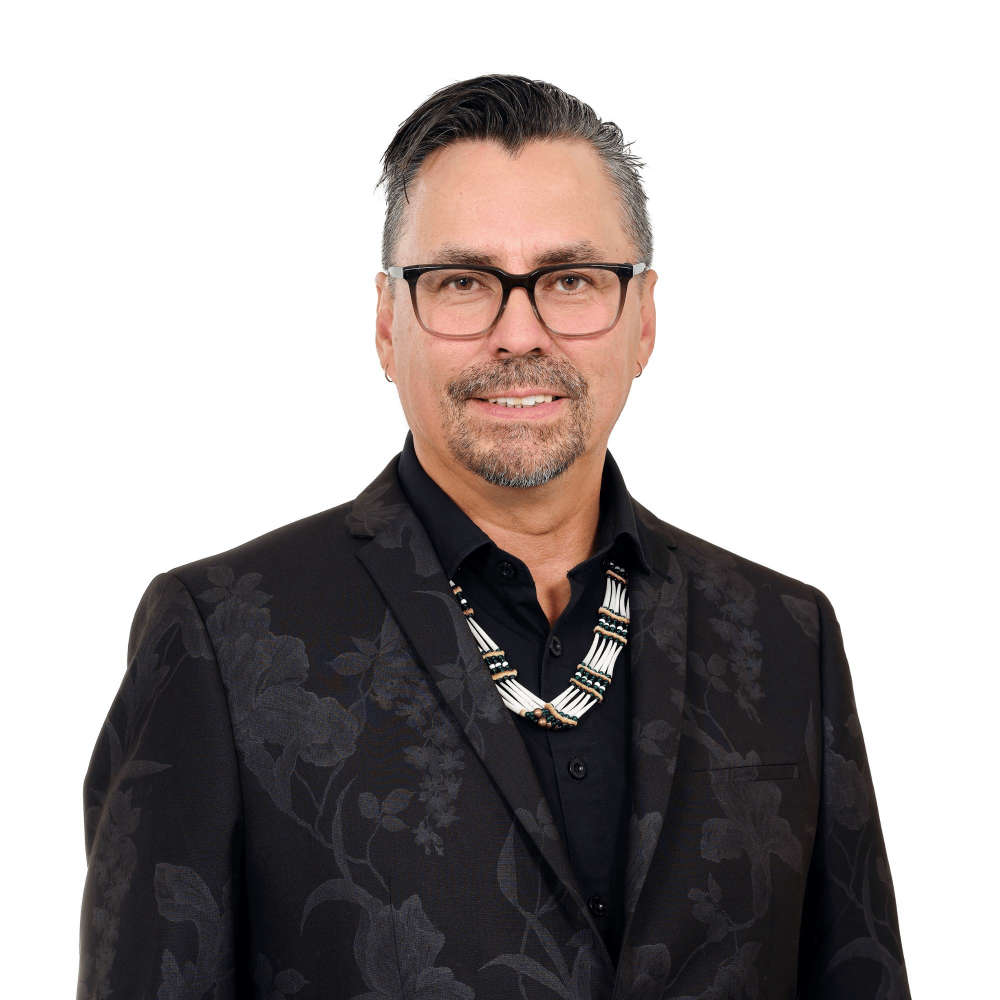 2025 Territorial Election Interview Series: Yukon NDP candidate for Kluane John VanderMeer
2025 Territorial Election Interview Series: Yukon NDP candidate for Kluane John VanderMeer
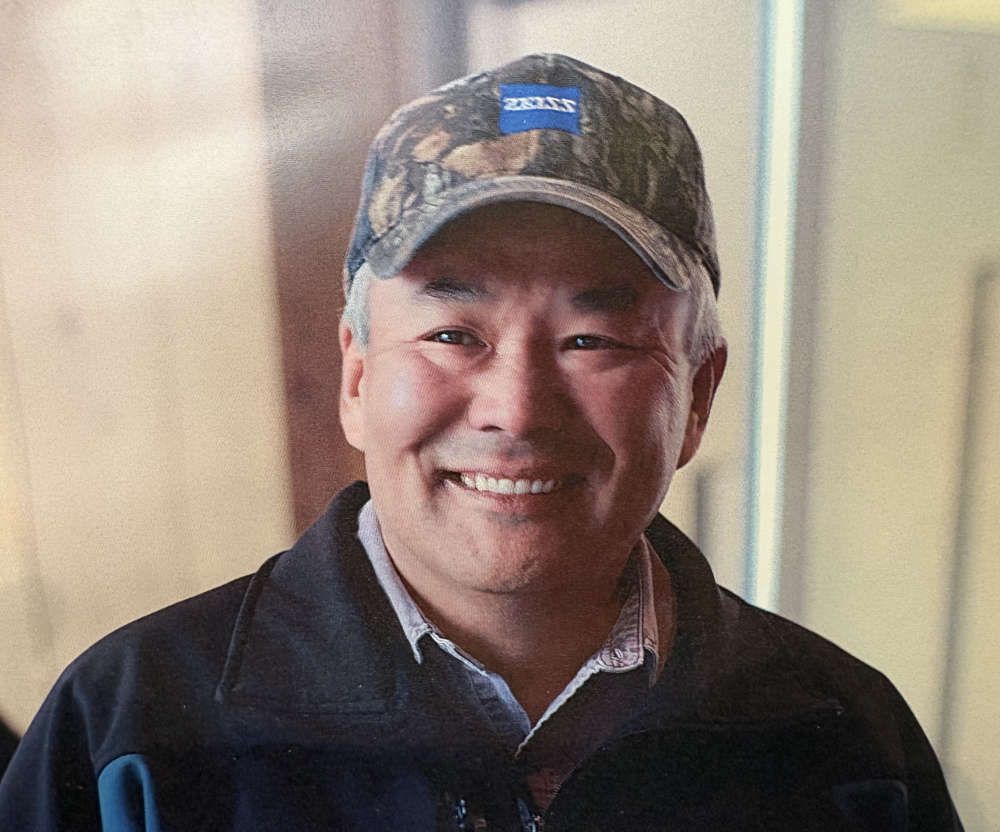 2025 Territorial Election Interview Series: Yukon Party candidate for Klondike Richard Nagano
2025 Territorial Election Interview Series: Yukon Party candidate for Klondike Richard Nagano
 2025 Territorial Election Interview Series: Yukon Party double feature! YP candidate for Vuntut Gwitchin Sandra Charlie and YP Candidate for Southern Lakes Tyler Porter
2025 Territorial Election Interview Series: Yukon Party double feature! YP candidate for Vuntut Gwitchin Sandra Charlie and YP Candidate for Southern Lakes Tyler Porter
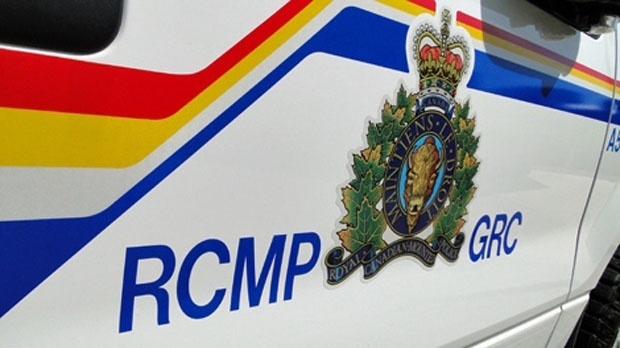 Attempted abduction reported in Whitehorse
Attempted abduction reported in Whitehorse
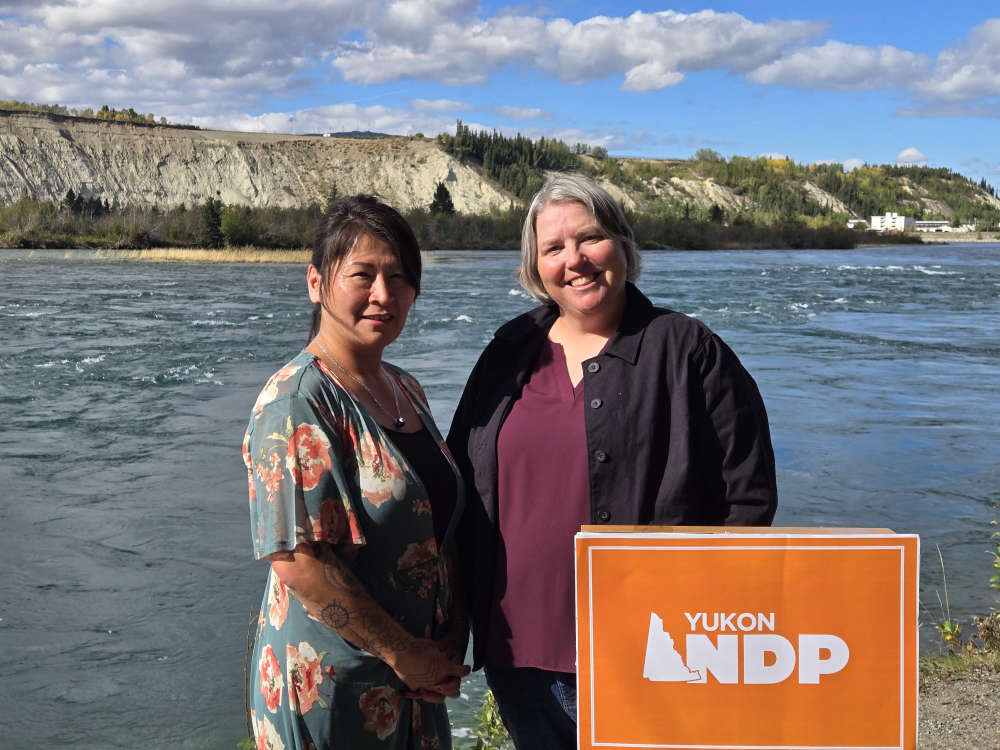 2025 Territorial Election Interview Series: Yukon NDP candidate for Vuntut Gwitchin Annie Blake
2025 Territorial Election Interview Series: Yukon NDP candidate for Vuntut Gwitchin Annie Blake
 2025 Territorial Election Interview Series: Yukon Liberal Party candidate for Southern Lakes Cynthia James
2025 Territorial Election Interview Series: Yukon Liberal Party candidate for Southern Lakes Cynthia James
 2025 Territorial Election Interview Series: Yukon Liberal Party candidate for Mayo-Tatchun Jeremy Harper
2025 Territorial Election Interview Series: Yukon Liberal Party candidate for Mayo-Tatchun Jeremy Harper
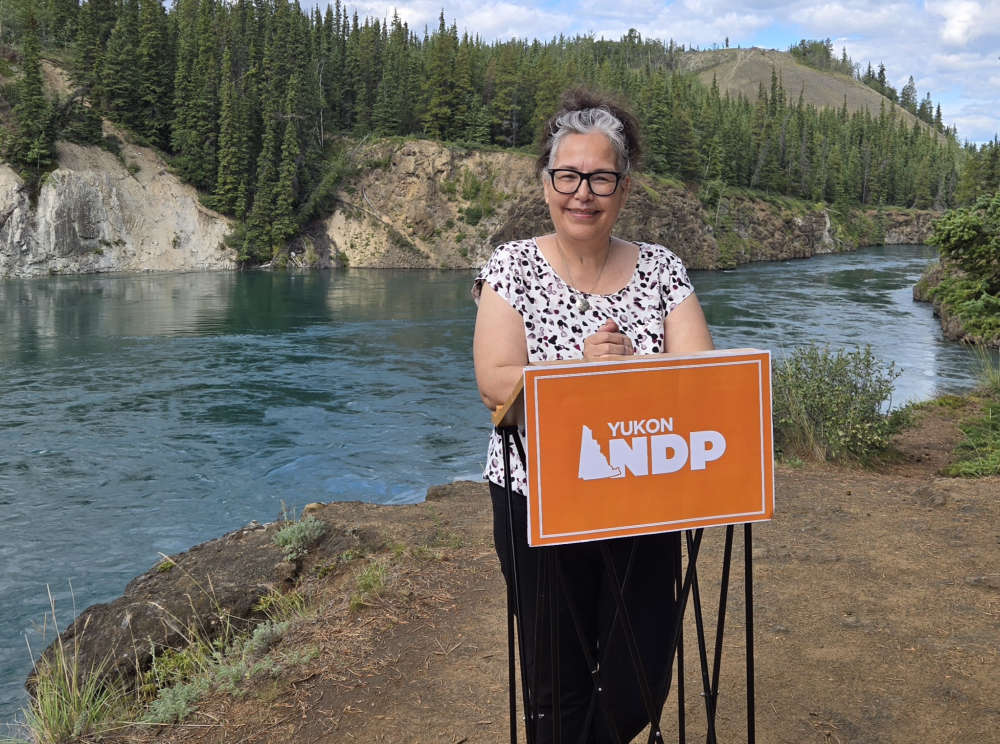 2025 Territorial Election Interview Series: Yukon NDP candidate for Mountainview Linda Moen
2025 Territorial Election Interview Series: Yukon NDP candidate for Mountainview Linda Moen
 The 2025 Territorial General Election at a glance
The 2025 Territorial General Election at a glance
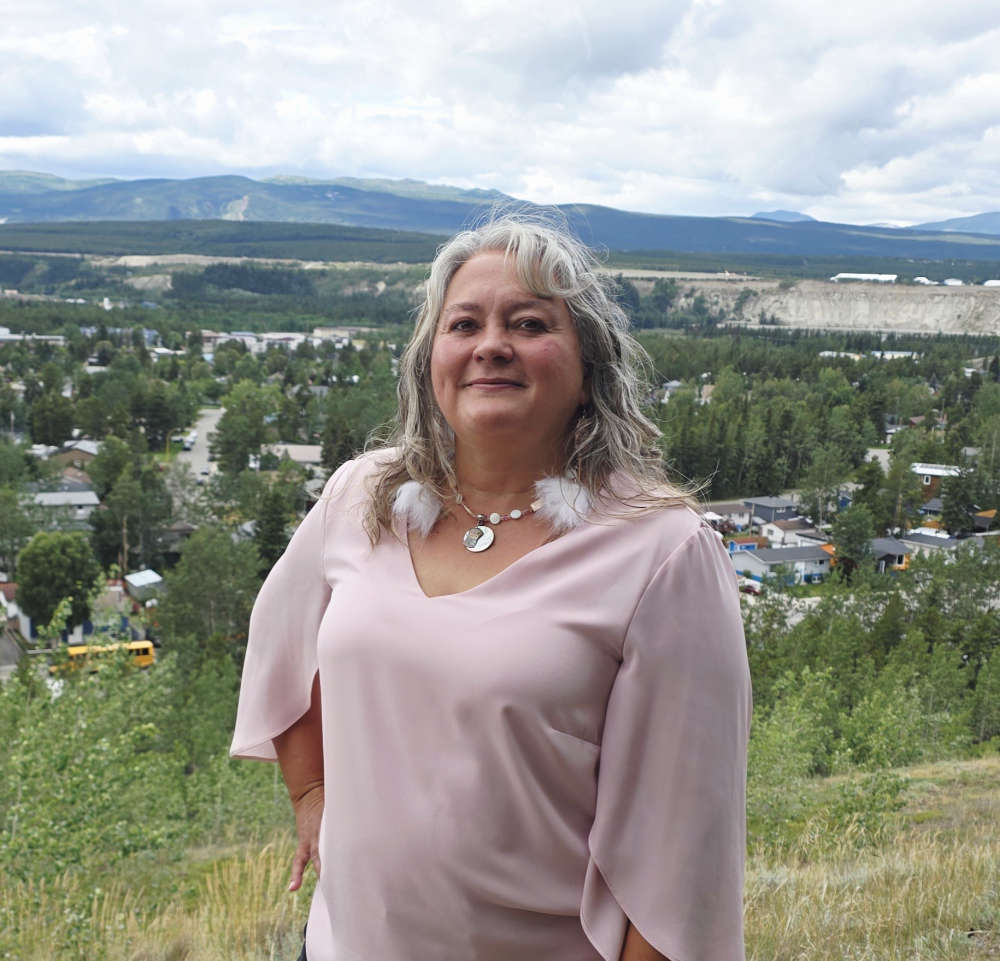 2025 Territorial Election Interview Series: Yukon Party candidate for Riverdale North Rose Sellars and Yukon Party campaign chair Geraldine Van Bibber
2025 Territorial Election Interview Series: Yukon Party candidate for Riverdale North Rose Sellars and Yukon Party campaign chair Geraldine Van Bibber
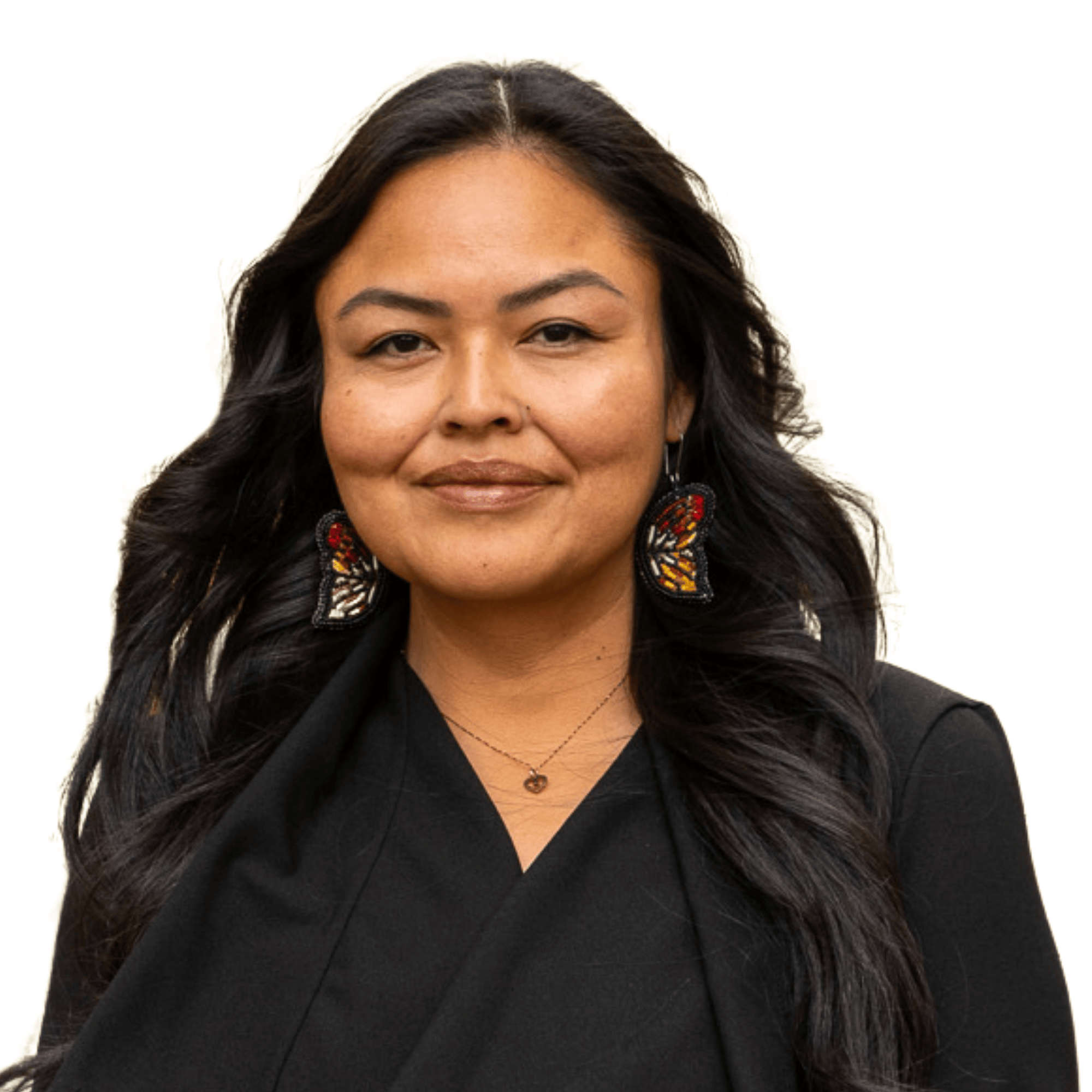 2025 Territorial Election Interview Series: Yukon NDP candidate for Watson Lake-Faro-Ross River Josie O'Brien
2025 Territorial Election Interview Series: Yukon NDP candidate for Watson Lake-Faro-Ross River Josie O'Brien
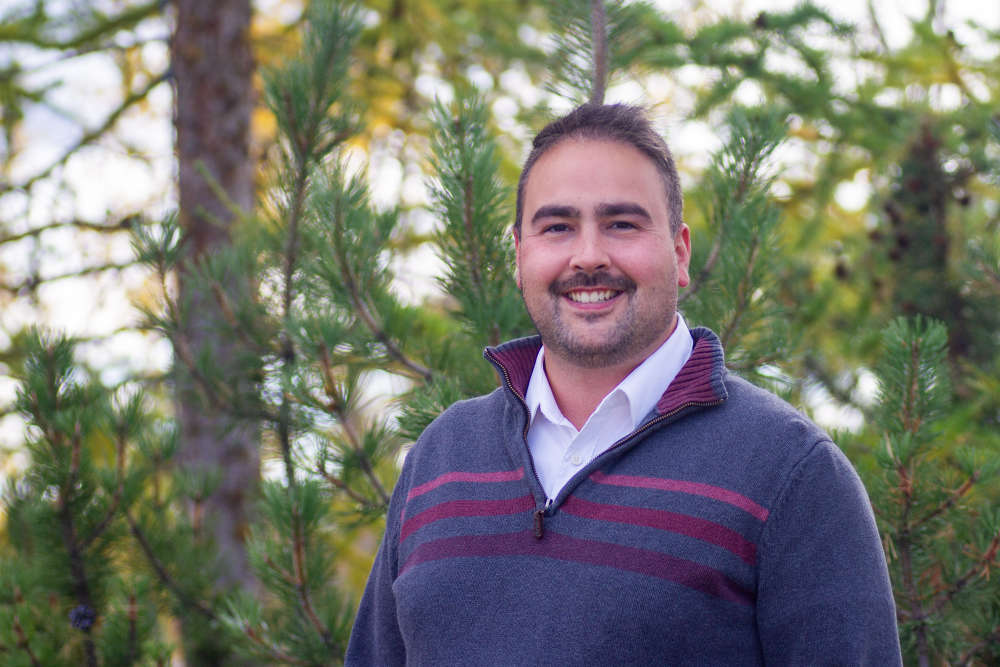 2025 Territorial Election Interview Series: Yukon NDP candidate for Whistle Bend South Dustin McKenzie-Hubbard
2025 Territorial Election Interview Series: Yukon NDP candidate for Whistle Bend South Dustin McKenzie-Hubbard
 2025 Territorial Election Interview Series: Yukon Party candidate for Mayo-Tatchun Cory Bellmore
2025 Territorial Election Interview Series: Yukon Party candidate for Mayo-Tatchun Cory Bellmore
 Fatal fire at remote Yukon mine camp claims two lives
Fatal fire at remote Yukon mine camp claims two lives
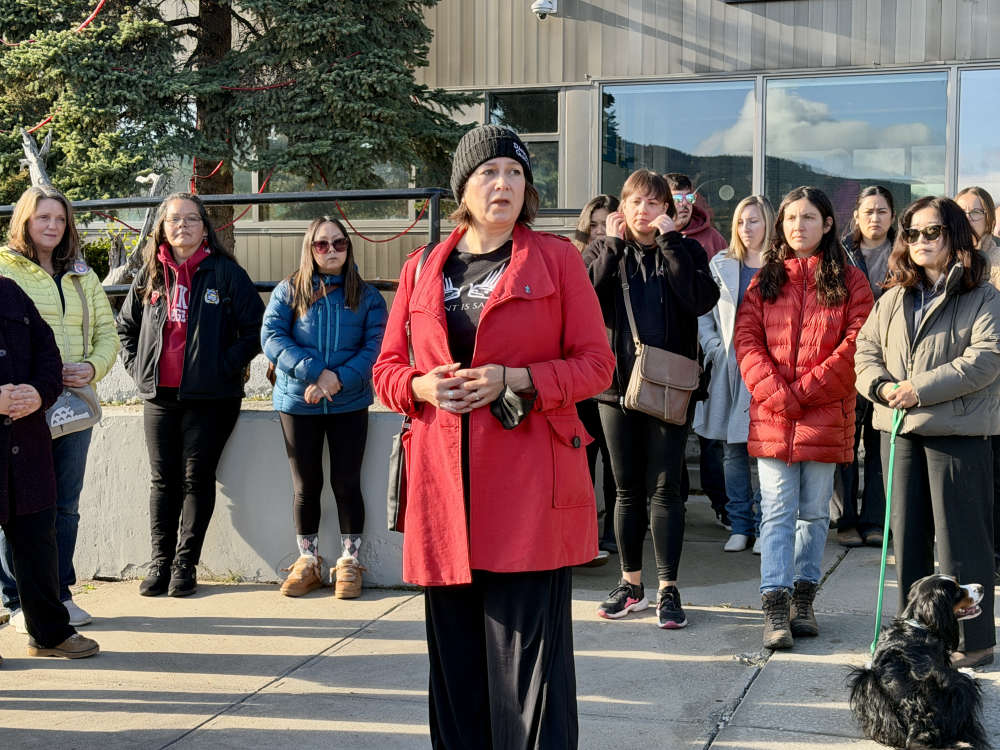 Yukoners unite to honour Missing and Murdered Indigenous Women and Girls
Yukoners unite to honour Missing and Murdered Indigenous Women and Girls
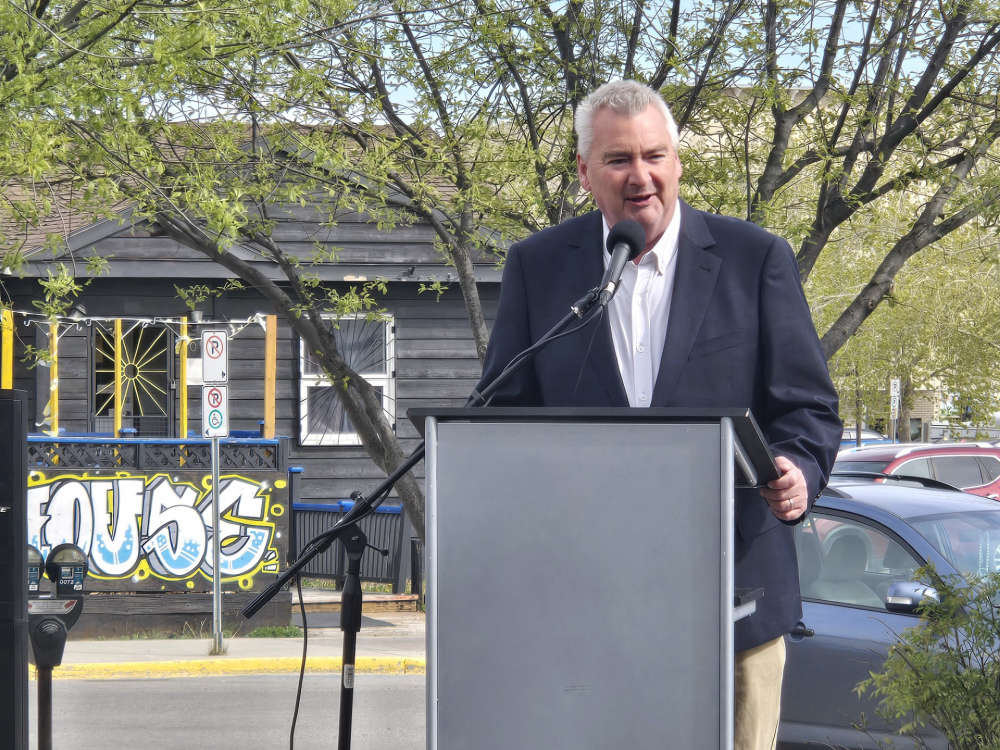 2025 Territorial Election Interview Series: Yukon Premier and Yukon Liberal Party Leader Mike Pemberton
2025 Territorial Election Interview Series: Yukon Premier and Yukon Liberal Party Leader Mike Pemberton
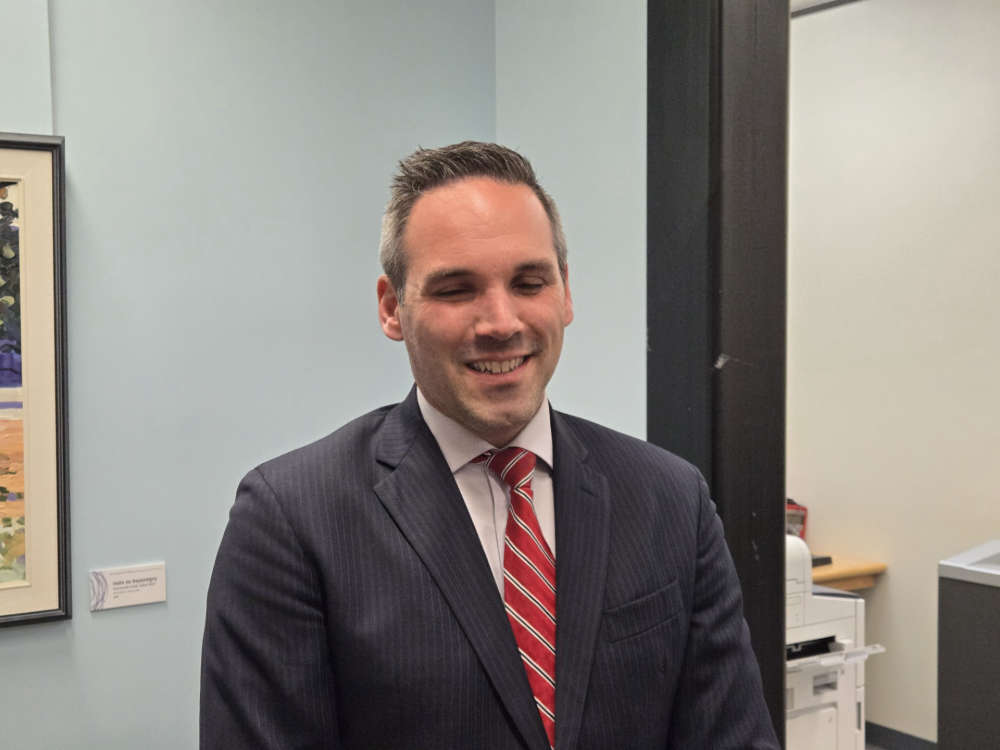 2025 Territorial Election Interview Series: Yukon Party Leader Currie Dixon
2025 Territorial Election Interview Series: Yukon Party Leader Currie Dixon
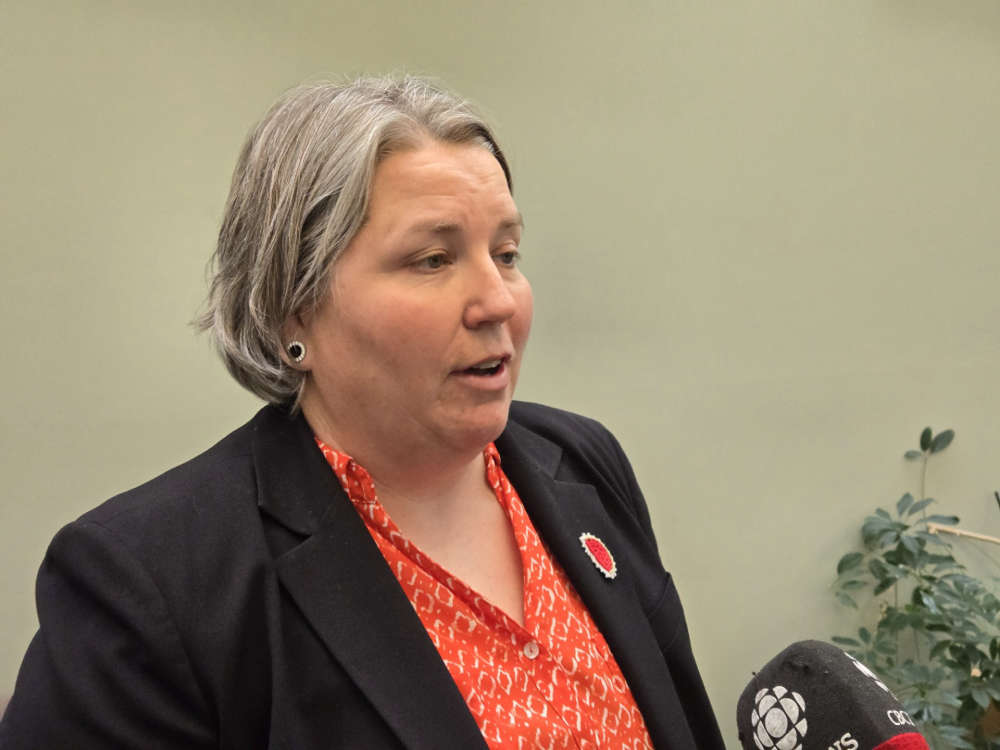 2025 Territorial Election Interview Series: Yukon NDP Leader Kate White
2025 Territorial Election Interview Series: Yukon NDP Leader Kate White
 CYFN commemorates National Day for Truth and Reconciliation
CYFN commemorates National Day for Truth and Reconciliation